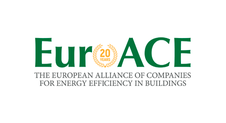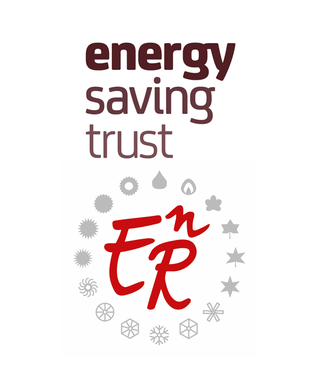Search eceee proceedings
Building energy efficiency progress in world-leading cities: what do the data show?
Panel: 3. Policy and governance
This is a peer-reviewed paper.
Authors:
Adam Hinge, Sustainable Energy Partnerships, USA
David Ribeiro, ACEEE, USA
Abstract
Cities are often described as the policy laboratories where new policies can be tested, and cities are often cited as leading the world in new climate policies, including building energy efficiency policy activity. Many of the policies are adopted based on expected effectiveness in driving energy use reduction, though there has not been a lot of formal evaluation on the progress that cities have in reducing building energy use across a large economy.Some world-leading cities have in the past decade launched policy initiatives linked to close tracking of both energy and GHG performance from an established baseline, which provides an opportunity to review the real progress from the policies
This paper will review the progress on building energy reduction, normalized to economic activity and population where possible, in a small number of the globally recognized largest cities, including Tokyo and New York City. The paper will focus on those cities that have committed to ambitious building energy and GHG reduction policies (e.g. building energy benchmarking and cap-and-trade) and have done comprehensive annual progress reporting of both energy and GHG emissions down to building sector (e.g. residential, services, etc.) level. It will discuss data challenges with comparability of progress, and recommend additional data that might make future comparisons of relative progress more robust.
ERRATA
Table 1 and Figure 6 have been corrected. In addition to this, some of the other figures have been changed to a higher quality version.
Downloads
Download this presentation as pdf: 3-361-19_Hinge_Presentation.pdf
Download this paper as pdf: 3-361-19_Hinge_rev.pdf
Panels of
1. The dynamics of limiting (energy) consumption
2. What's next in energy policy?
4. Monitoring and evaluation for greater impact
5. Smart and sustainable communities
7. Make buildings policies great again
8. Buildings: technologies and systems beyond energy efficiency
9. Improving energy efficiency in ICT, appliances and products

























